Our Hike Through Georgia’s Little Grand Canyon
I can’t remember when or how I first heard of Providence Canyon State Park in Georgia, but as soon as I saw it, I knew we had to go. The photos were stunning and I couldn’t wait to visit the place known as Georgia’s Little Grand Canyon.
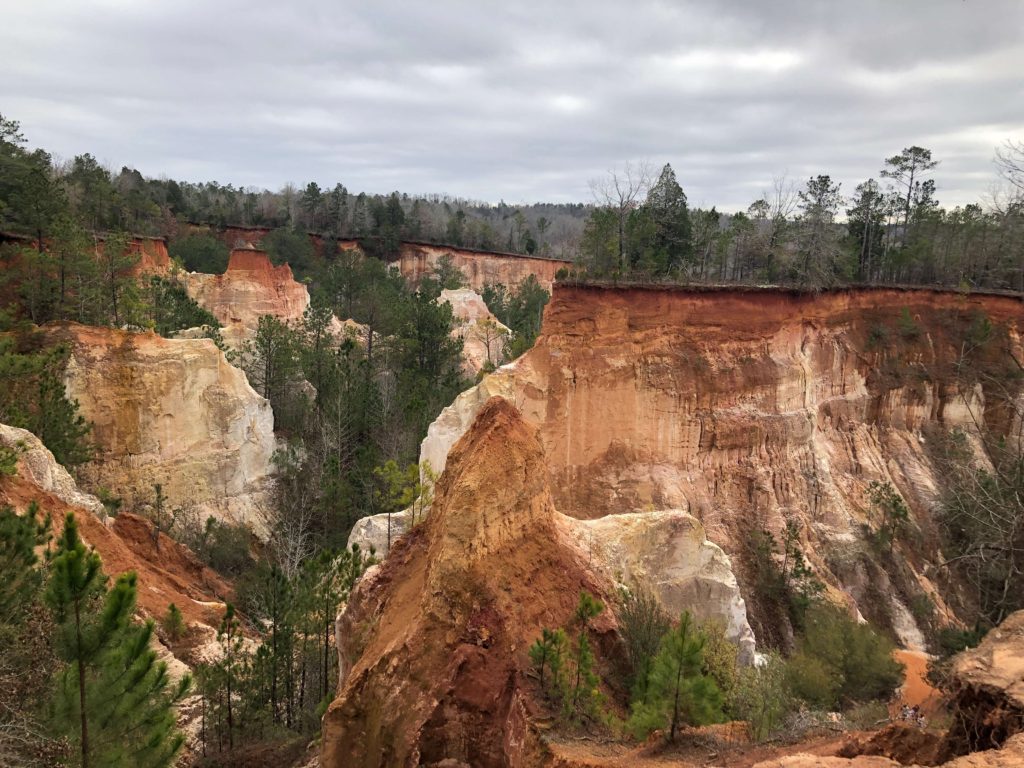
When I pulled up the map, I realized I could easily swing the route for our upcoming trip past Lumpkin, Georgia, home to Providence Canyon. It only added about 10 minutes to our drive time!
Okay, okay… it also added a couple hours of hiking time, but believe me when I say it was totally worth it!
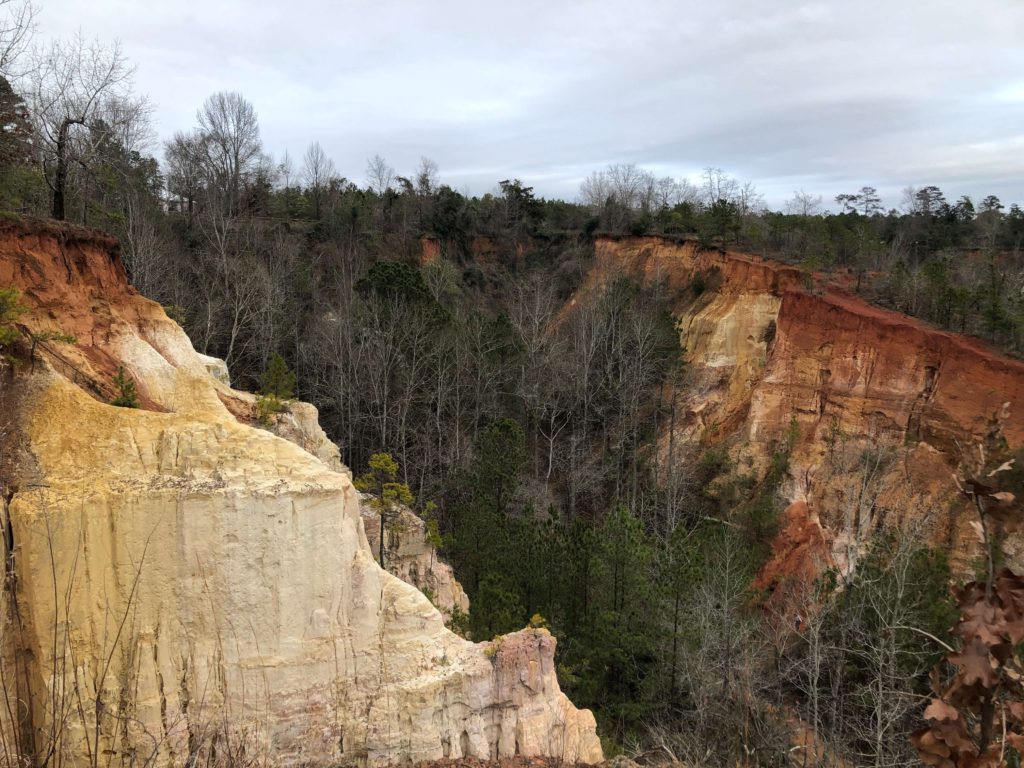
Not only was the canyon more beautiful than I’d anticipated, it was awe-inspiring for the kids. They’d been in the car and on screens for days by then, so they were grateful for any excuse to run wild. They didn’t really understand where we were heading, despite my attempts to explain. They were shocked to see the canyon formations and were curious about the colors.
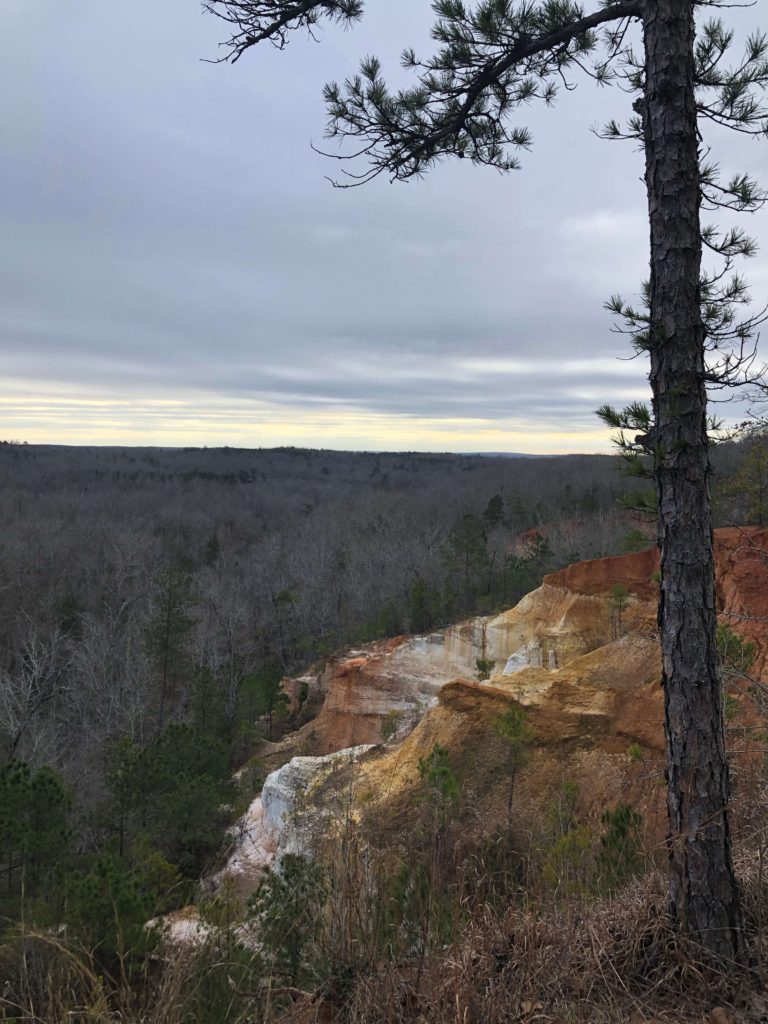
Accessing the Canyon
We paid the parking fee ($5.00/car) for the state park online before our trip. That made getting in a breeze! We were able to show our confirmation on my phone and head right in with our map.
When paying online, the website warned that the park can reach capacity on beautiful days. While there were plenty of cars on the 60° day, the park did not seem crowded at all.
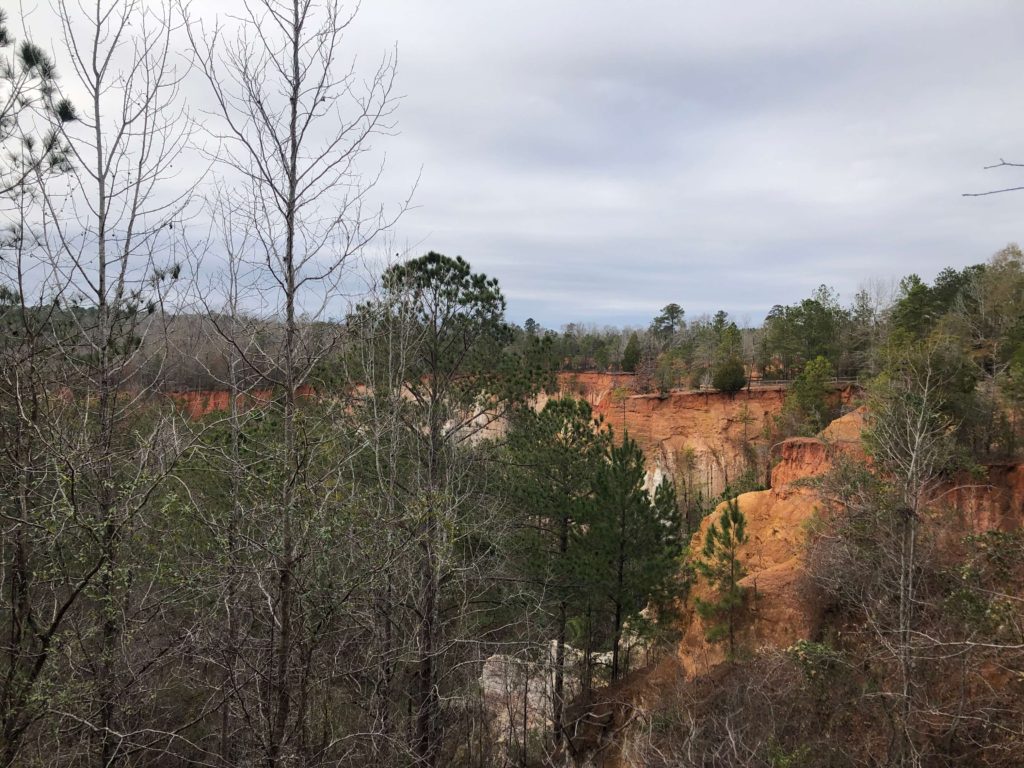
My children did chuckle at the Georgians (and presumably some Floridians and Alabamians) who were dressed in winter coats and hats while we wore short sleeves and tank tops. I dream of a world in which 60° seems chilly!
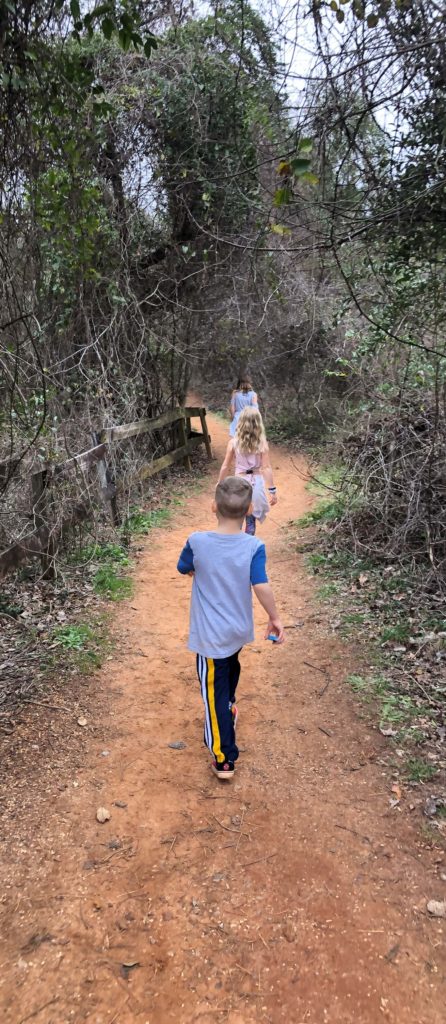
We hiked the Canyon Loop Trail, a 2.5-mile trail that circles 9 canyons, though accessing those requires you to follow offshoots. On the day we visited, those areas were muddy.
Parts of the hike were challenging, especially going down the steep hills. The trail has many benches so that you can take frequent breaks and for that, we were grateful! If someone in your party can’t handle a hike that is even moderately challenging, they can still view the canyons from the rim. Those access points are only a short walk from the parking lot and the terrain is mostly even.
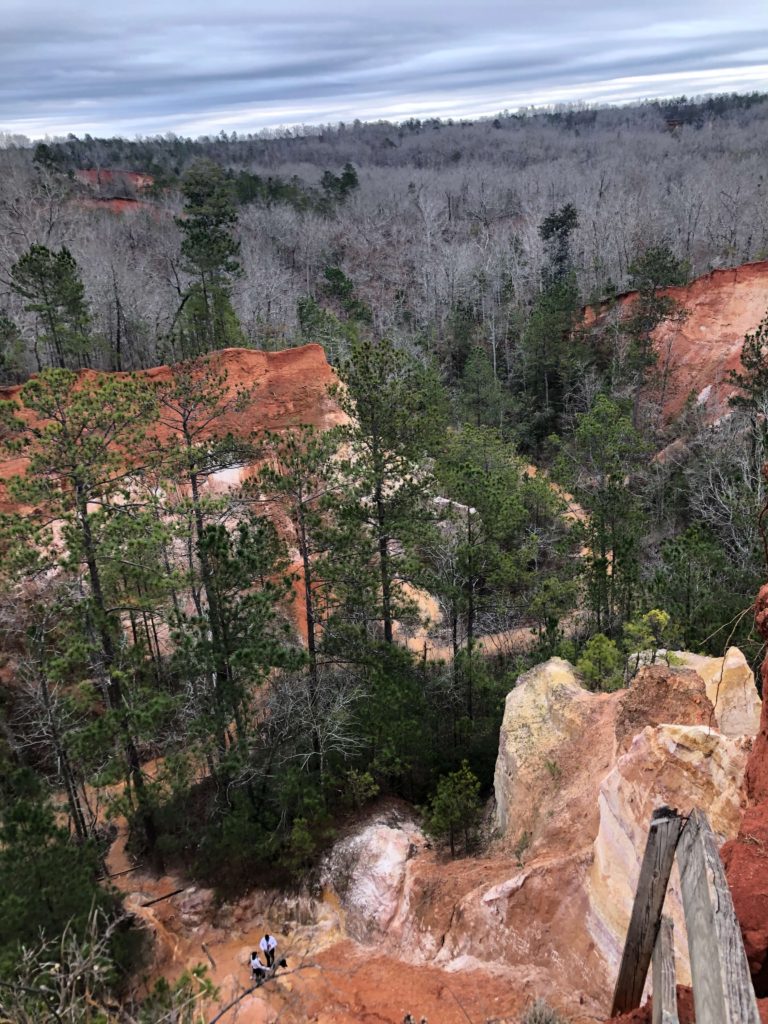
The efforts to stop erosion on the trails is obvious, but sometimes the alterations prove challenging to hike over. The terrain also changes as you move through the park. Some spots on the path are sandy and others are rocky. A good portion of the trail requires navigation over winding roots.
When we left, our shoes were covered in red clay. We tried to wipe them in the grass, but I’d recommend bringing a bag for them and spares to change into.
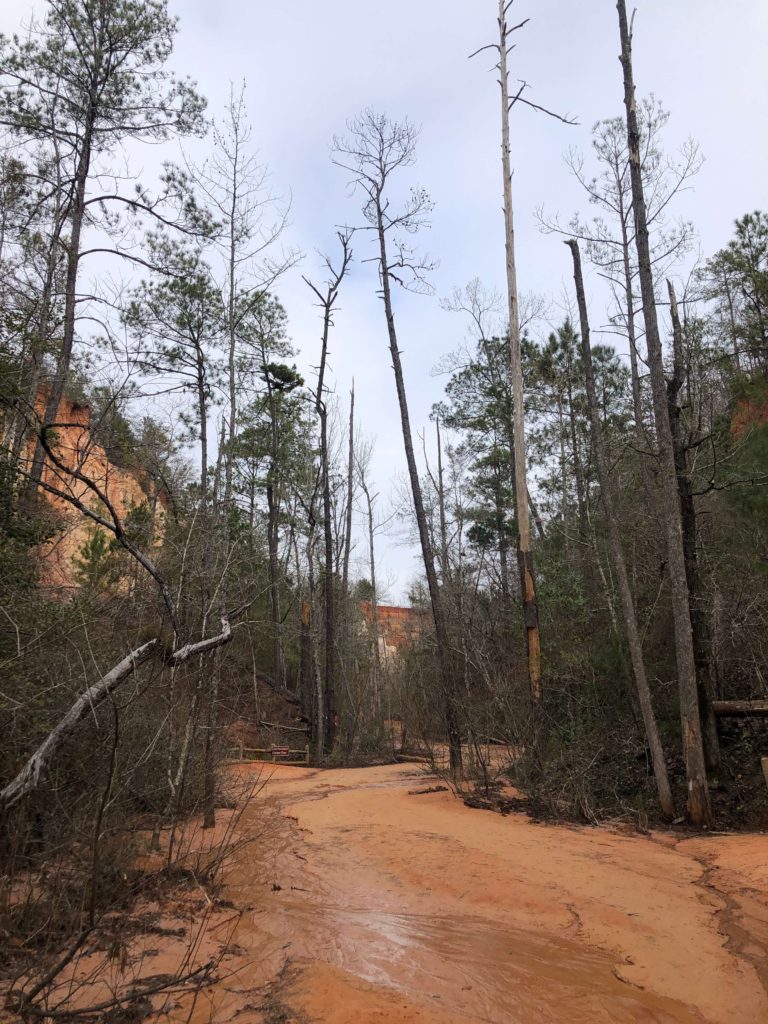
You can see why the kids were wowed. I was in awe, too.
I wish I had taken geology so that I could better understand the majesty! We learned a lot about the park from the brochure and welcome center materials.
The Formation of Providence Canyon
Providence Canyon has an interesting backstory. The features are considered partially natural, which is to say that some of the canyon’s structure was in place when nearby land was cleared for farming.
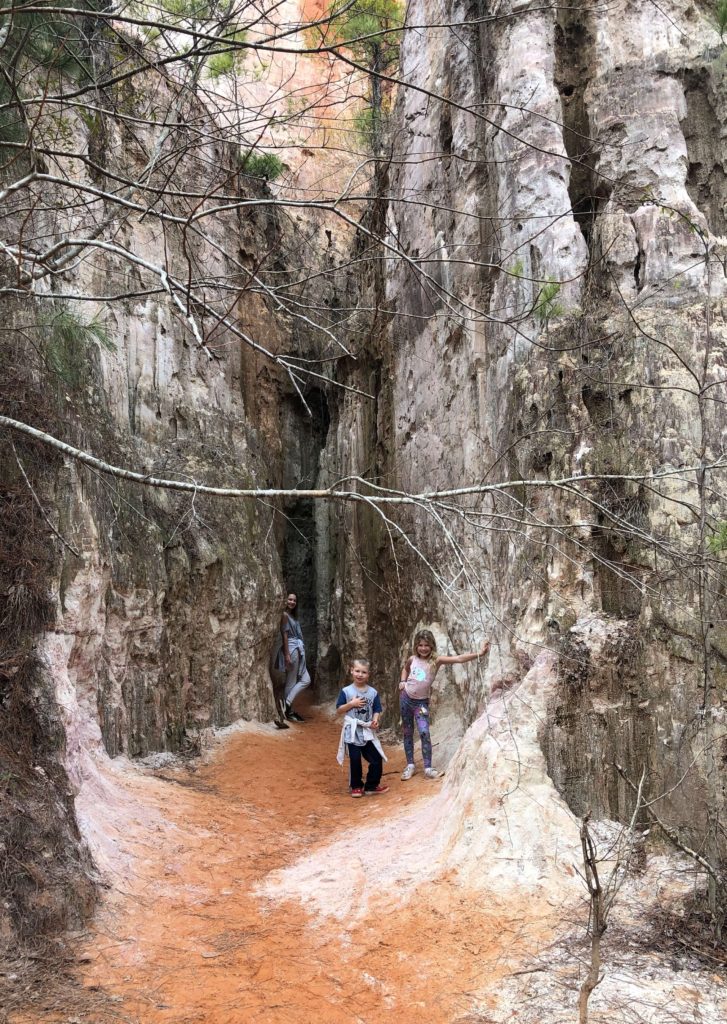
These early-1800s farmers didn’t understand the impact that runoff would have and, like the Grand Canyon, the concentrated runoff eventually bore through the soil and created some small gullies. Erosion continued and the gullies grew into ditches, which were about 5 feet deep by the mid-1800s.
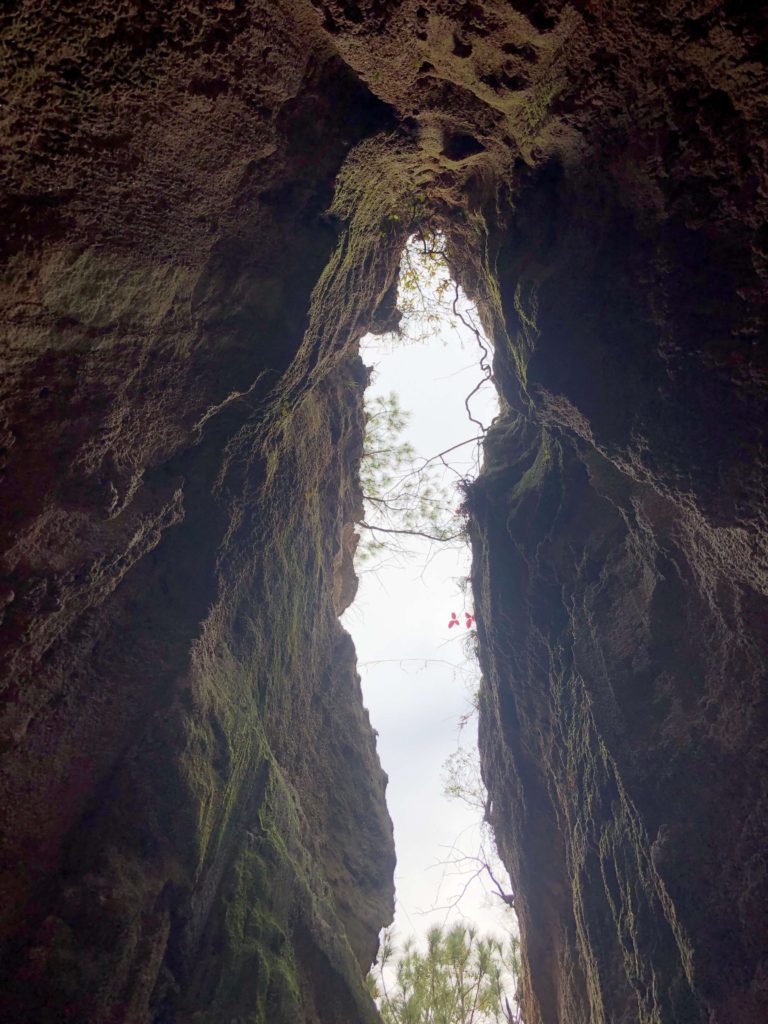
Once the ditches had formed, erosion accelerated. Then Georgia’s Little Grand Canyon was formed! It continues to erode today. I do wonder when they’ll need to move the fence line back to accommodate the perpetual loss of soil. I imagine it’s costly and a lot of work, but it seems inevitable.
Old Cars
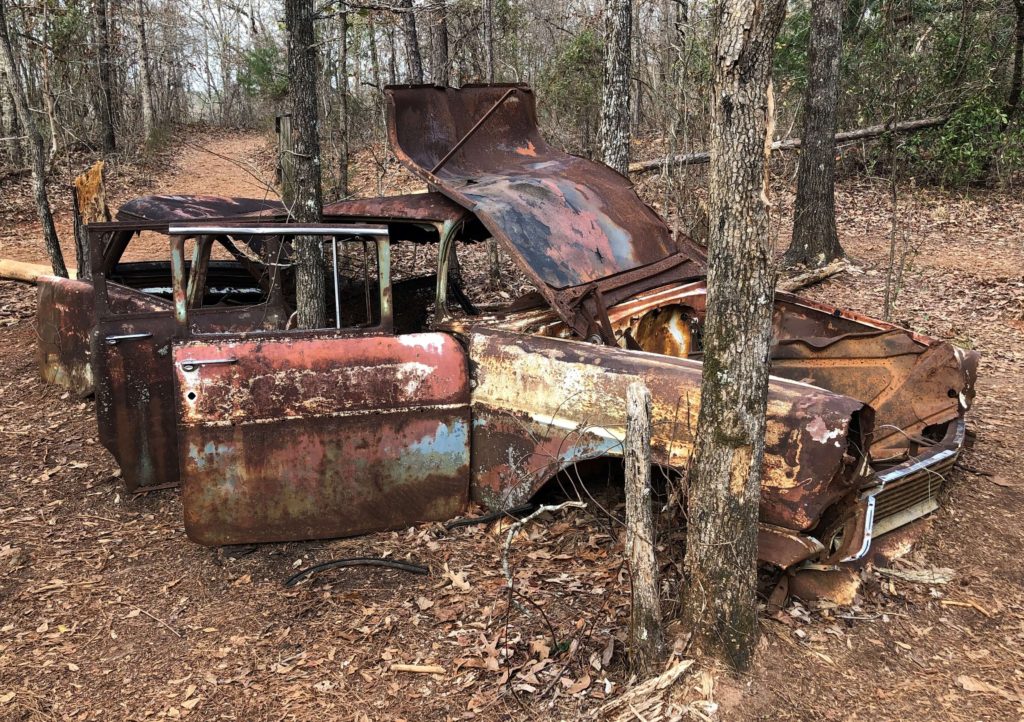
One other notable feature is the abandoned antique cars located just off of the trail. It’s noted as simply “old cars” on the trail map.
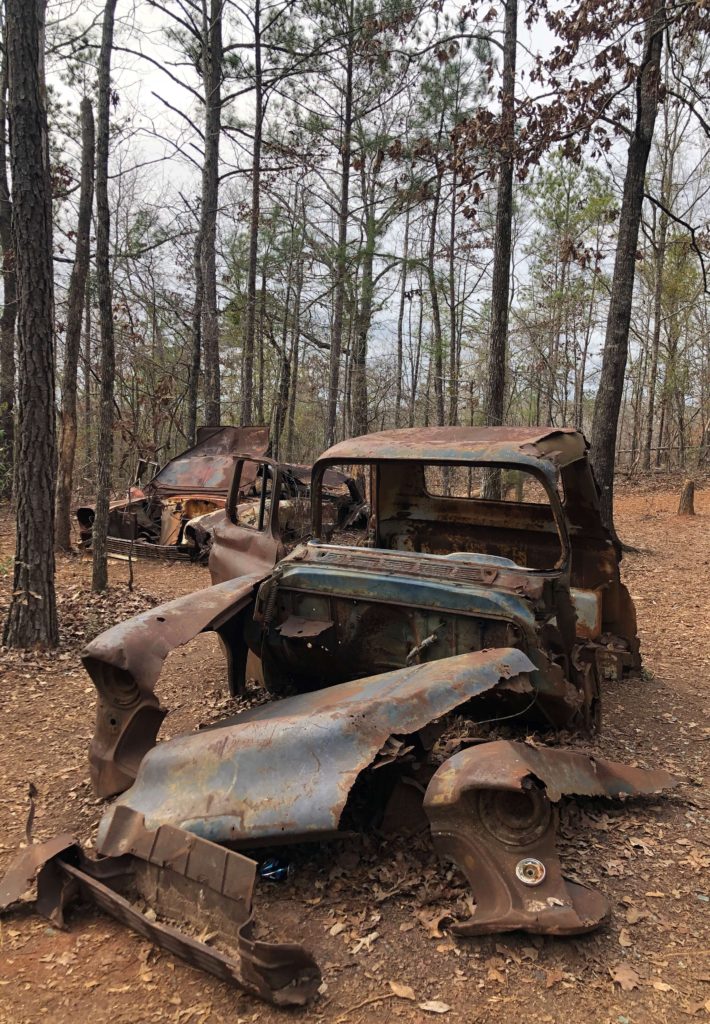
Wondering how they got there?
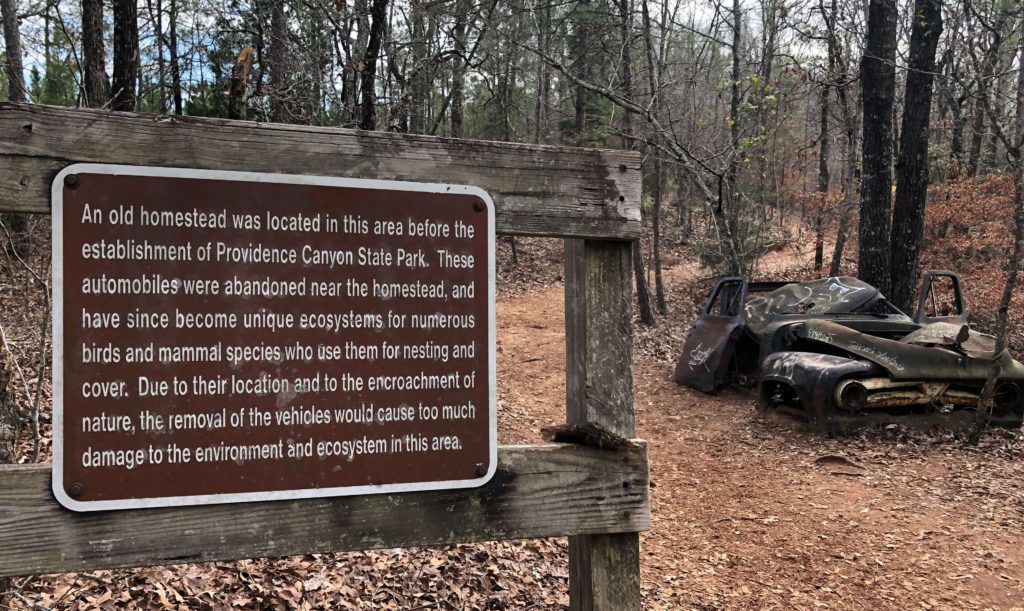
It’s a quirky little feature of this park, but somehow it fits!
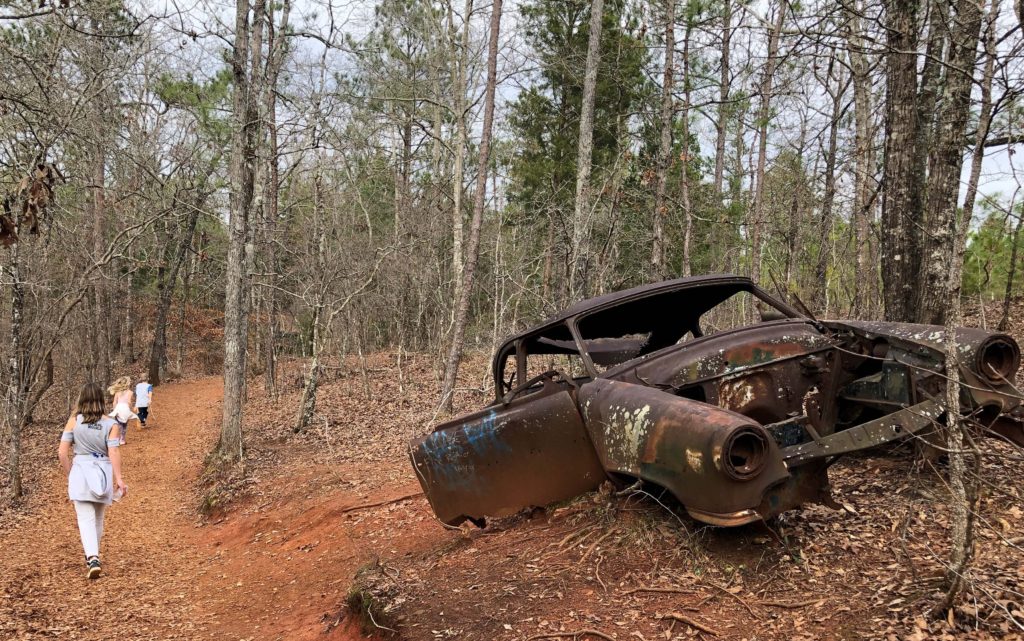
Plan Your Visit
Providence Canyon State Park
Georgia’s Little Grand Canyon
8930 Canyon Road
Lumpkin, Georgia 31815
website



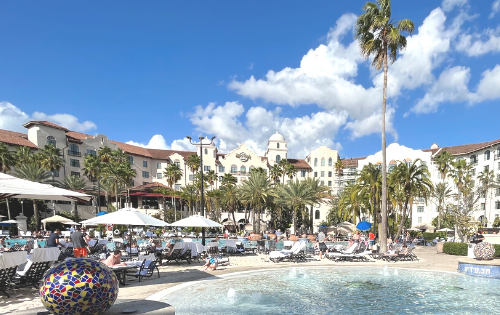

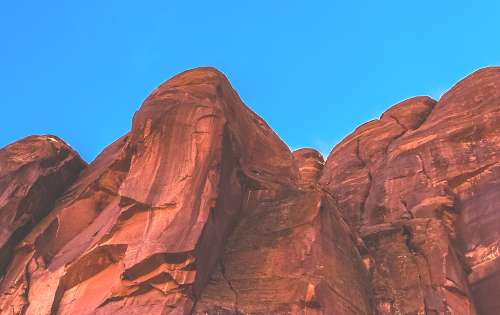
2 Comments
Erin
Okay, I am defiantly putting this on my to-do list. I live in North West Georgia and I am always looking for interesting places to explore. Thanks for sharing your experience.
-Erin
Holly
It’s definitely an interesting find. I love your home state. Our entire experience in Georgia was a great one!